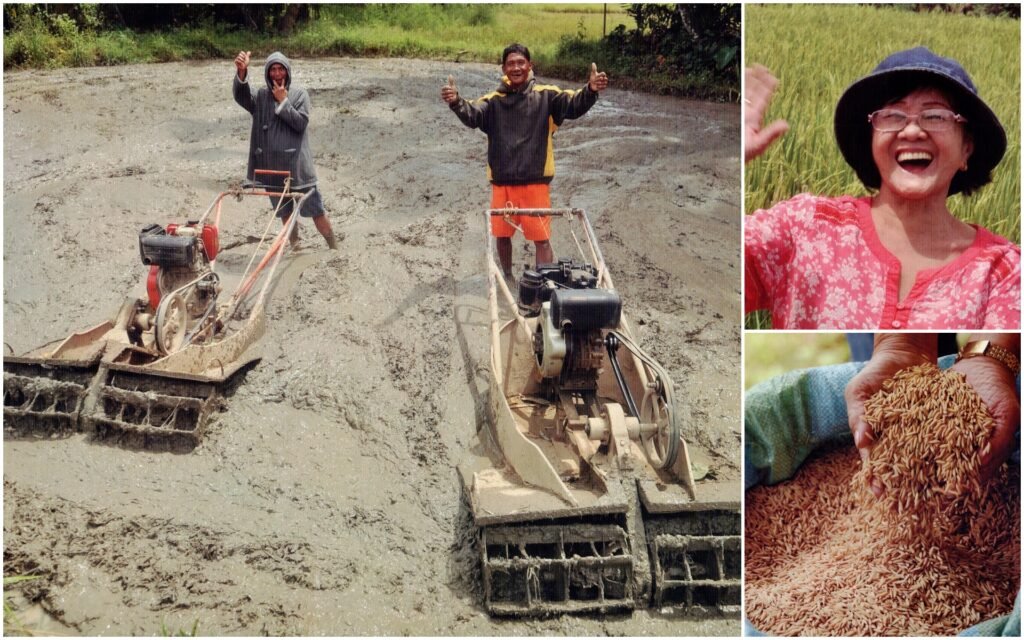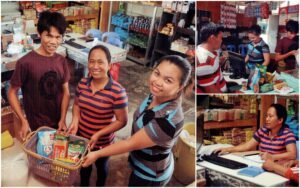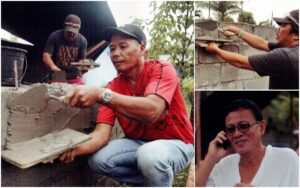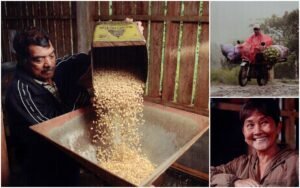
Rice farmers’ cluster finds success in working together.
“Magtanim ay ‘di biro,” goes the old Tagalog folk song, and indeed, there is nothing easy about rice farming. Farmers must plow, plant, water, and do a host of other things to keep the rice plants ready for harvest. Technology makes the work lighter and faster, but modern machines alone do not ensure a better life for those who labor in the field.
Just ask the farmers in Labuo, President Roxas, North Cotabato. For years they had been using machines like turtle tillers, locally known also as “bao-bao” to plow their land, but it was an expensive undertaking because they had to rent the equipment from private individuals who would charge them up to five sacks of rice per hectare.
Things took a fortunate turn in 2011 when Kasilak assisted the farmers and encouraged them to organize into an association that could officially receive a grant for a turtle tiller, thresher, and trailer — a “three-in-one” package worth — for free. The assistance was made possible under a three-year Farmers Alliance for Resource Strengthening and Marketing (FARM) Project with funding support from the United States Department of Agriculture (USDA) through the Catholic Relief Services (CRS) Philippines.
“It was ‘to each his own’ for us for a long time,”
farmer Fernando A. Canja says. “We weren’t earning as much as we could because we had to rent the equipment. Then Kasilak came to us because it saw that we had potential to increase our rice farm production, which would in turn result in an increase in our income.”
Starting with 30 members, the farmers formed the Labuo Cluster Association and elected Fernando their president. Their first activity was participating in Kasilak’s Farmers Field School (FFS), a season-long training in modern farming technology. “We tackled everything like land preparation, harvest, farming technology, and how to use fertilizer,” the association’s manager Filomeno E. Sarino relates.
It was after the FFS at the last quarter of 2011 that the “three-in-one” package was turned over to the association. Since the group needed to give a counterpart, Fernando borrowed P5,000 from a niece to pay for fuel and for the salaries of six members who were tapped as the machines’ operators.
The loan paid for itself after the first cropping, and soon the association was earning from members who rented the equipment. It gave their individual incomes a boost because they only paid three sacks of rice per hectare instead of the usual five. Not only that, the members also earned dividends after every cropping, getting back 20% of what they had paid.
The earnings also allowed the association to give out cash loans to members at a maximum of P5,000 each. “We used to take out loans from private lenders at 10-20% interest,” treasurer Rosalita D. Barrientos says. “With the association, the interest is only 3%”. The association has now loaned out a total of P200,000 to its members, and there is also P71,000 in funds in the bank.
“The P5,000 we borrowed at the beginning has now grown to more than P200,000,” Fernando says with pride. The group has also purchased an additional turtle tiller, and there are plans to purchase more equipment in the near future.
All this goes to show how much can be achieved if people work together. Planting rice may not be easy, but together, the farmer members of the Labuo Cluster Association make the effort worth it.



